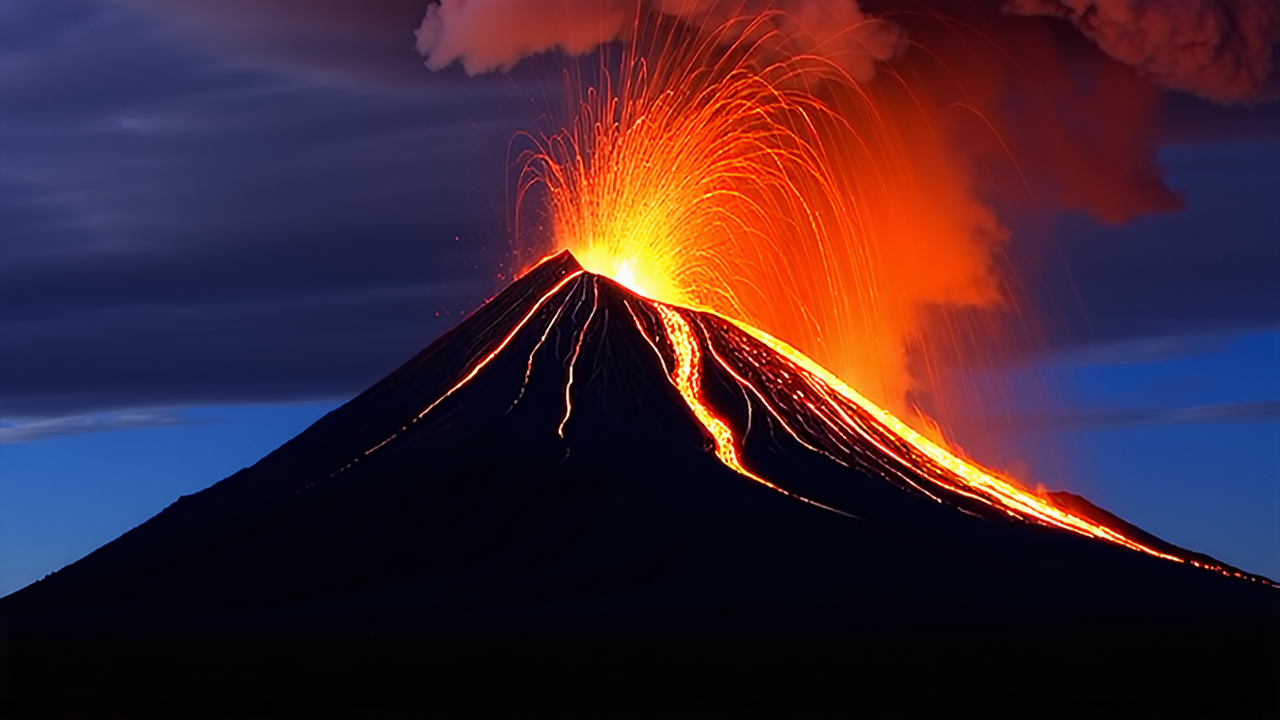New Research Reveals Potential Risks of Auckland’s Volcanic Field and How to Prepare
New Research Reveals Potential Risks of Auckland’s Volcanic Field and How to Prepare
Central Auckland is home to the remnants of 53 ancient volcanic cones and craters, remnants of a long-dormant but still active volcanic field. While the threat of an eruption is not imminent, recent research suggests that the impact of such an event could be far more extensive than previously believed. This revelation has sparked renewed interest in understanding the risks and preparing for the possibility of an eruption.
What is a Base Surge and Why It Matters
One of the most alarming findings from recent studies is the potential for “base surges” — fast-moving clouds of hot gas and volcanic debris that can travel much farther than previously estimated. Research conducted at the Ubehebe Craters in California’s Death Valley, a volcanic field similar to Auckland’s, has revealed evidence of base surges extending up to 10–15 kilometers from the eruption point. This has significant implications for emergency planning in densely populated areas like Auckland.
Volcanologist Jan Lindsay, a professor at the University of Auckland, explains that base surges are not just theoretical. They are fast-moving flows of volcanic ash and gas that can sweep across the landscape at high speed. Lindsay compares their appearance to the ground-level clouds seen in images of nuclear explosions or building collapses — a phenomenon that can be both visually striking and extremely dangerous.
Assessing the Likelihood of an Eruption
While the risk of an eruption in the near future is considered low, the Auckland volcanic field is still active. Lindsay notes that over the past 200,000 years, there have been about 53 eruptions, with at least 42 of the region’s volcanoes showing evidence of phreatomagmatic eruptions — the type that can produce base surges.
However, Lindsay emphasizes that the threat is not something to panic over. “It’s not a case of ‘if’ but ‘when’,” she says. “But it’s not something to lose sleep over either. It’s more about being informed and prepared.”
Preparing for the Unpredictable
The key to managing the risk, Lindsay suggests, lies in staying informed and knowing where to access reliable information in the event of an emergency. She recommends turning to official sources such as Auckland Emergency Management for guidance and updates.
While the likelihood of an eruption in the immediate future is low, the research underscores the importance of preparedness. Whether it’s knowing evacuation routes, having emergency supplies, or staying updated on volcanic activity, residents of Auckland can take steps to protect themselves and their loved ones.
In the end, the message from experts is clear: while we may not be able to predict when the next eruption will happen, we can prepare for it — and that is the best strategy we have.
Listen to the full episode of The Front Page to hear more about the latest research into volcanic activity in Auckland and what it means for the future.
